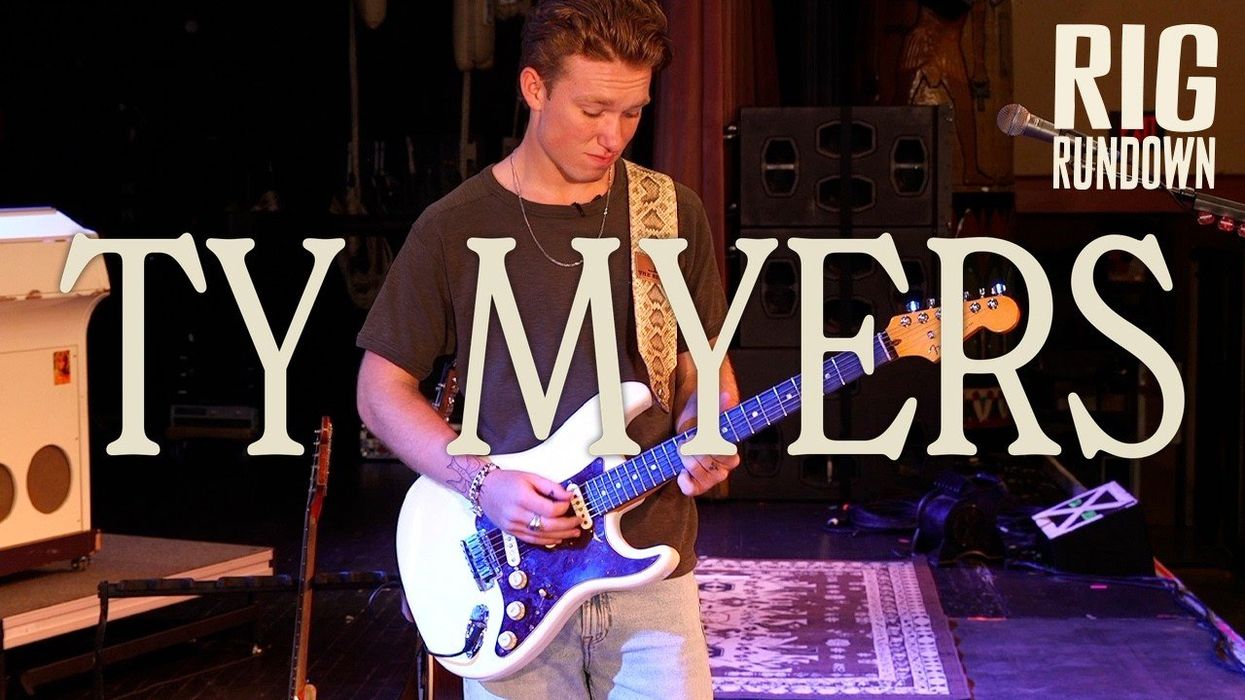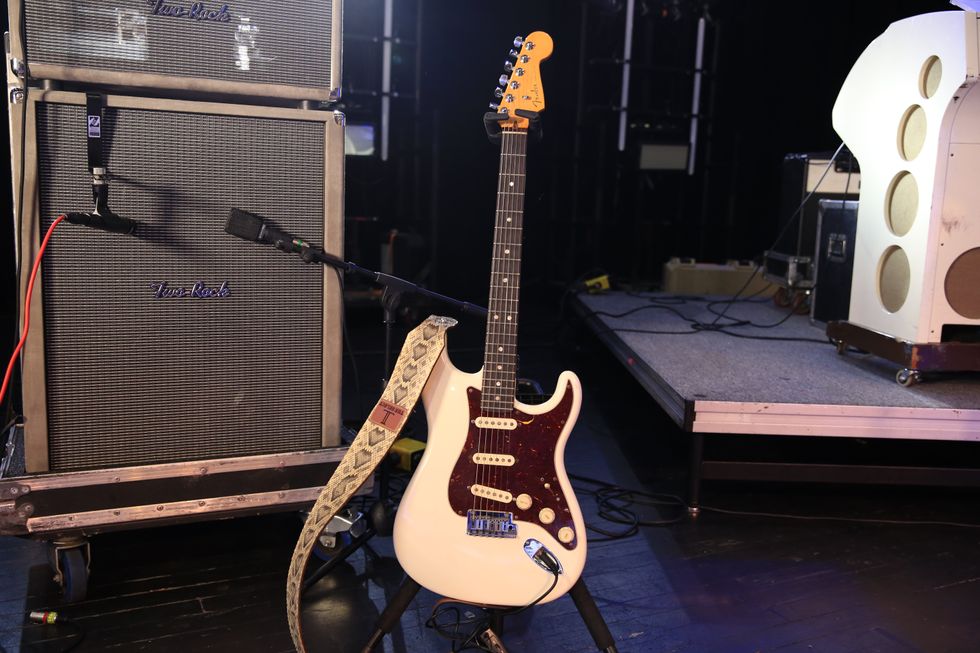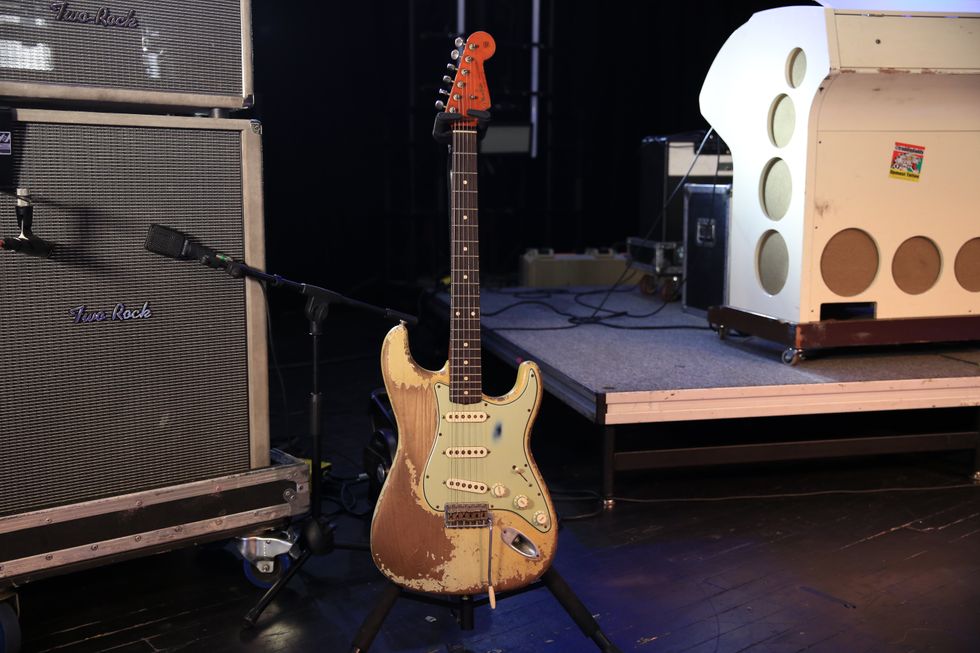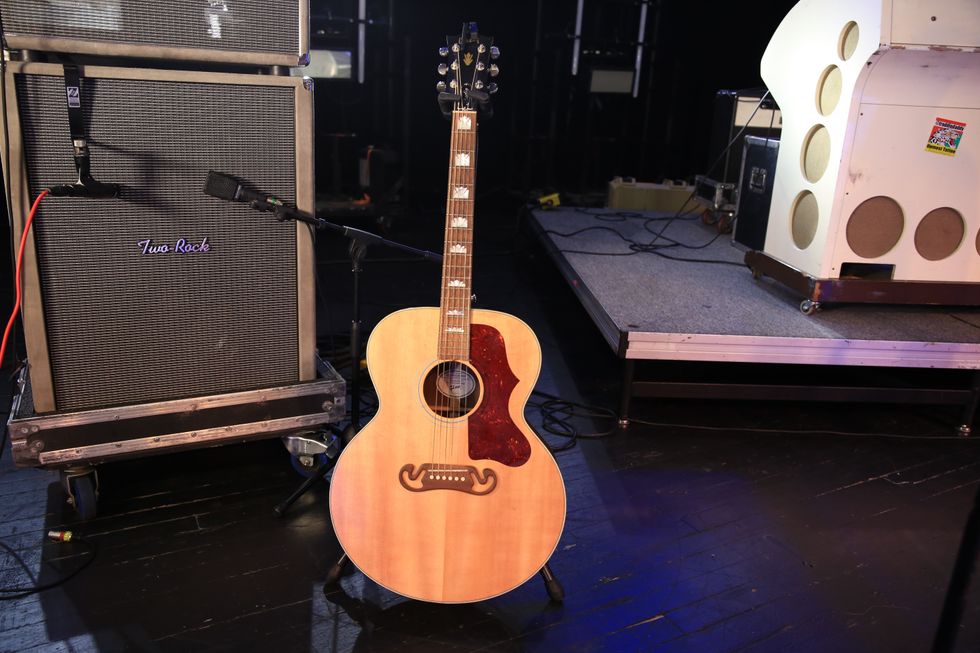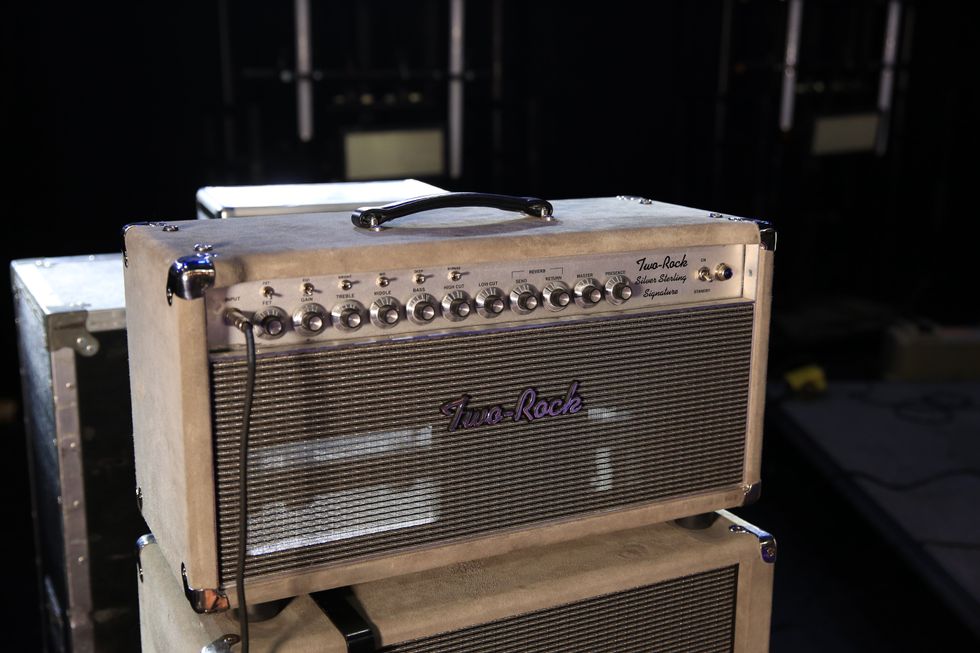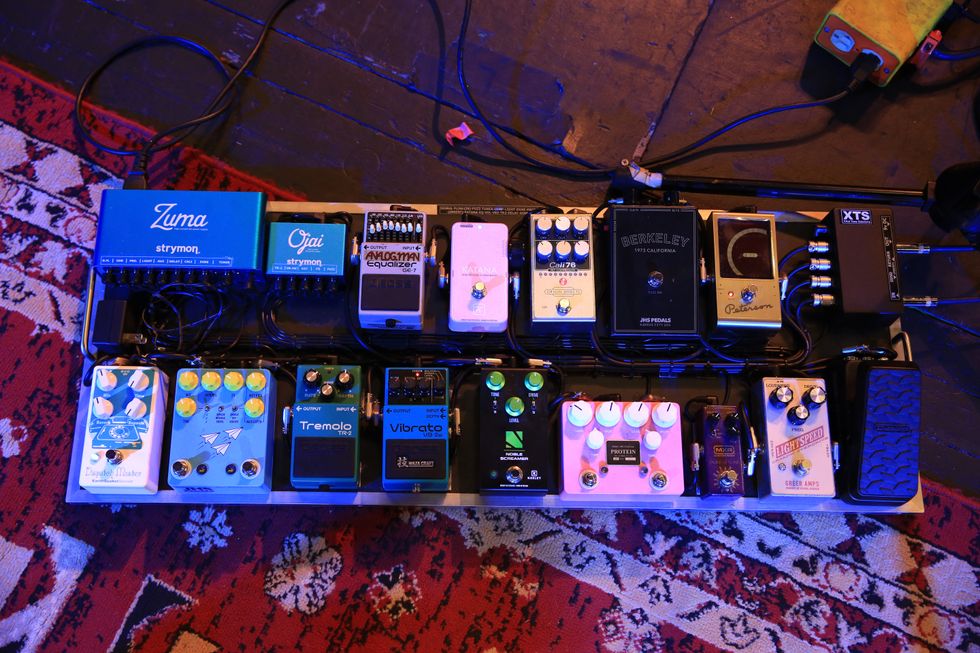The legendary punk band are in the middle of an enormous multi-anniversary tour, celebrating both Dookie and American Idiot. Check out how bassist Mike Dirnt and guitarist Jason White tuned their road rigs to cover decades of sounds.
This year marks two huge anniversaries for Green Day. They defined an entire era of pop-punk with their 1994 major-label debut, Dookie, then did it all over again 10 years later with the punk-rock-opera American Idiot. This year, Idiot turns 20; Dookie is 30.
To celebrate the milestones, Green Day has been blasting through stadiums across North America playing both albums in full, back-to-back, with a few odds and ends from their 30-plus years together, plus choice hits from their 2024 record, Saviors. It’s a ton of ground to cover—especially considering each epoch seems to have different and defining sonic characteristics. The guitar and bass tones on Dookie alone are the subject of amp mods, guitar pedals, and signature guitars.
At the band’s Nashville stop at GEODIS Park, techs Darian Polach and Gabe Monnot, who manage the rigs of bassist Mike Dirnt and guitarist Jason White respectively, took Premier Guitar’s Chris Kies through the rockers’ gear wardrobes for this mammoth tour.
Brought to you by D’Addario.
I Declare I Dirnt Care No More
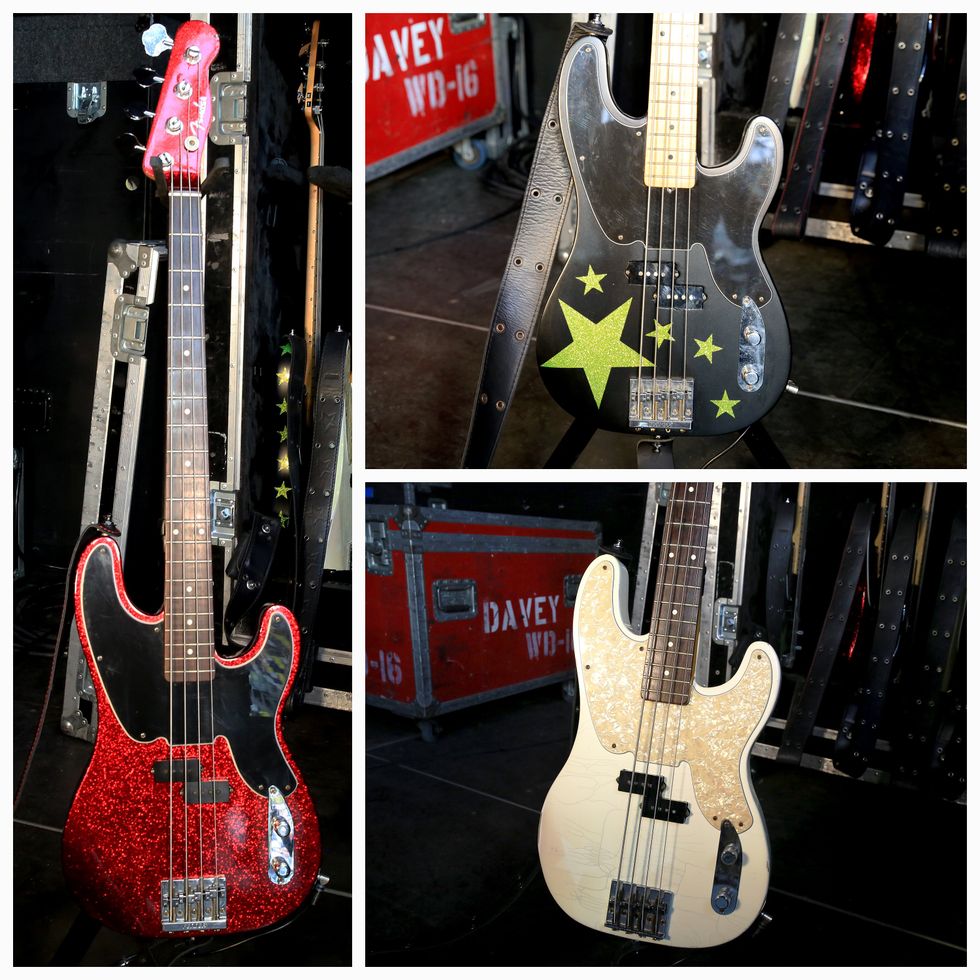
Mike Dirnt’s main axes for this year’s tour have been his Fender Mike Dirnt Signature Precision basses. He’s got them tuned up with different paint jobs from Mike Bender for different portions of the set—the green-star-adorned P-bass comes out for American Idiot.
Dirnt runs these mostly stock, with ash bodies, Fender HiMass bridges, either maple or rosewood fretboards, and Ernie Ball strings (.045–.105s), but some have small tweaks in the pickup department, with either custom vintage-style ’59 split single-coils or a Pure Vintage ’63 Precision pickup.
Caffeinated Rabbit
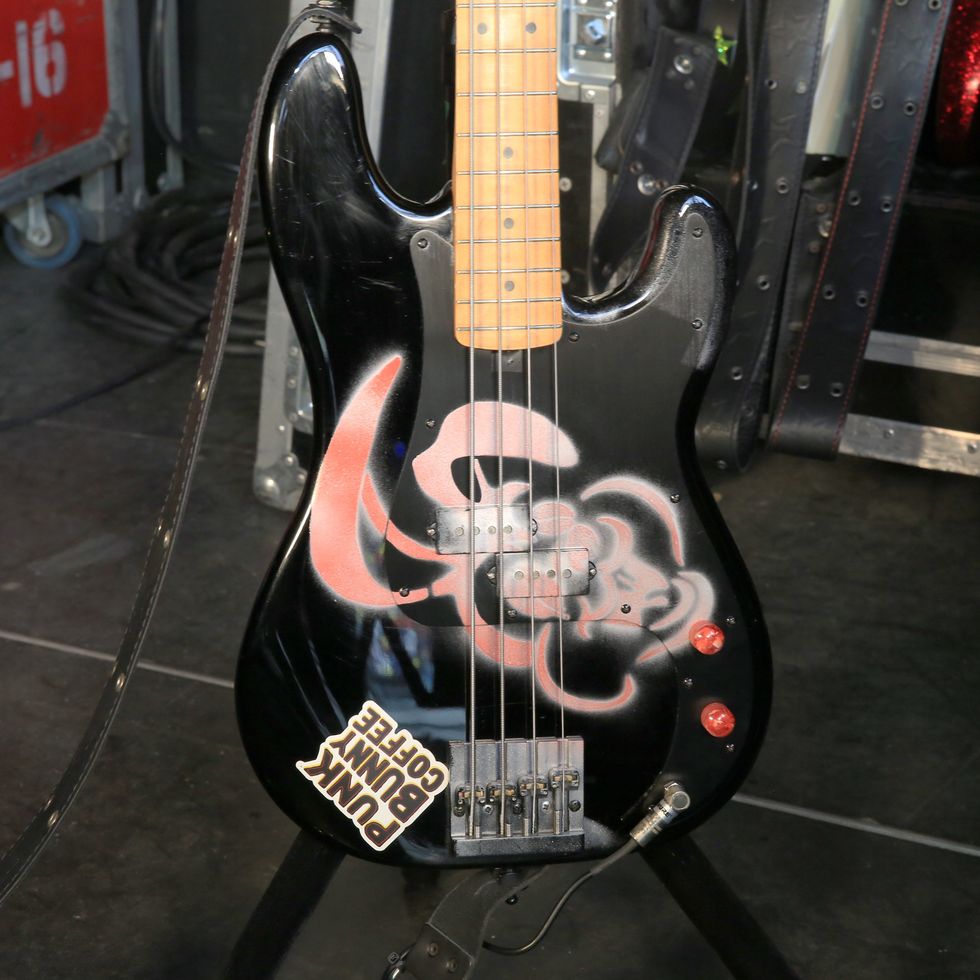
This Fender parts-project bass got a special makeover, this time featuring the logo from Green Day’s own Punk Bunny Coffee. This sleek, hyper 4-string has a roadworn ’50s-style neck, Hipshot KickAss bridge, and Hipshot tuners to drop to C-sharp for “Dilemma” off Saviors, then to jump back up to E-flat for fan-favorite “Minority.”
Homecoming
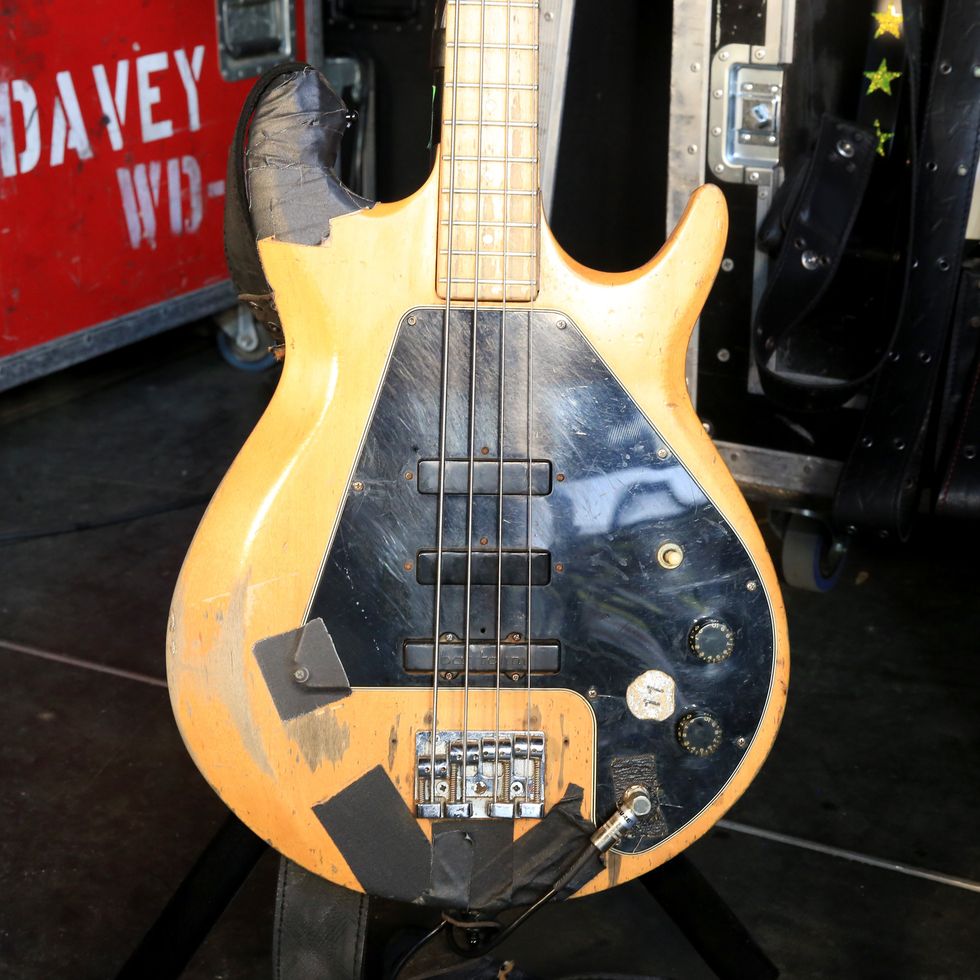
No replica or roadworn copy here. This is a genuine Dookie-era Gibson G3 that comes out for the ’94 portion of the show. Polach says the added Bartolini pickup in the bridge position woke up the bass. Along with its Gotoh bridge, the bass’ defining feature is its “buck-and-a-half” wiring, which turns two of the single coils into a humbucker, with the third single coil as the extra “half” for loads of tone possibilities. Dirnt has since undertaken a signature Epiphone model based on this guitar—tune in to the full video for more details.
All About That Superbass
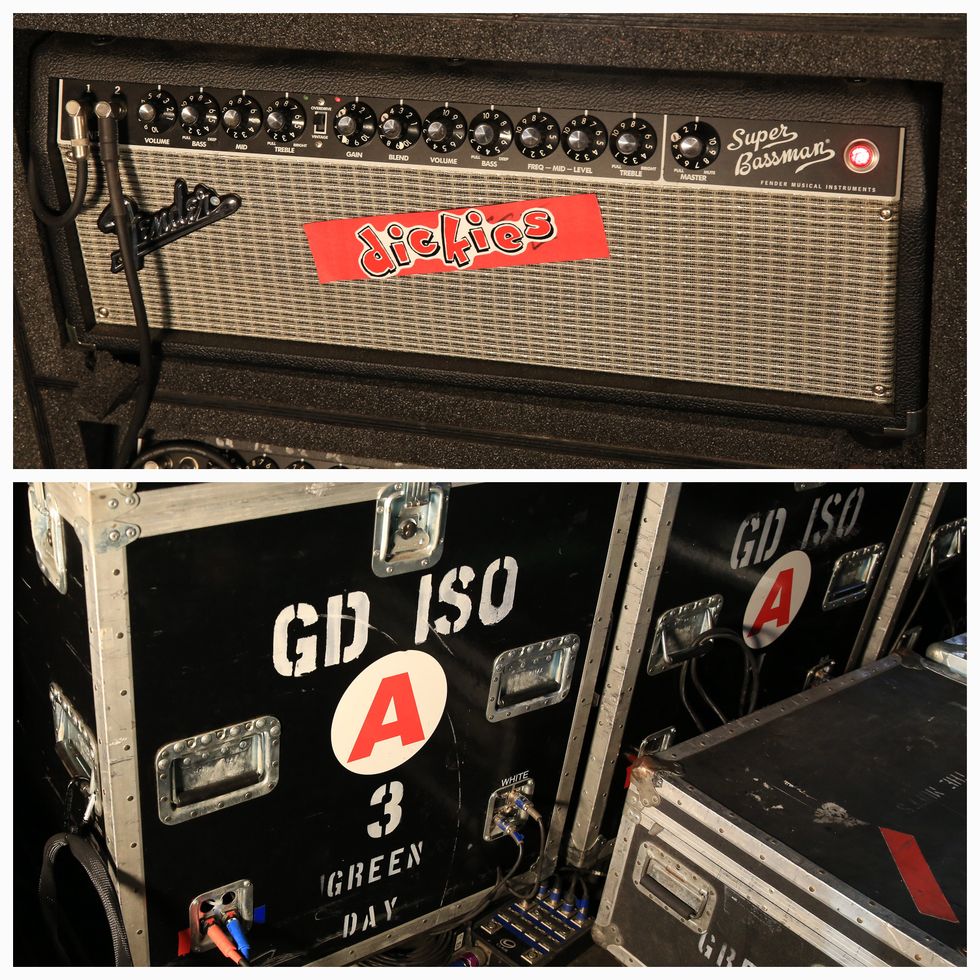
Dirnt runs his bass into this custom-design Fender Super Bassman, an amp he developed with Fender based on a mix of amps, preamps, and DI units he loved. The Super Bassman runs into a 4x10 in an onstage isolation cabinet, front of house, and Dirnt’s in-ears.
Gibson Garage
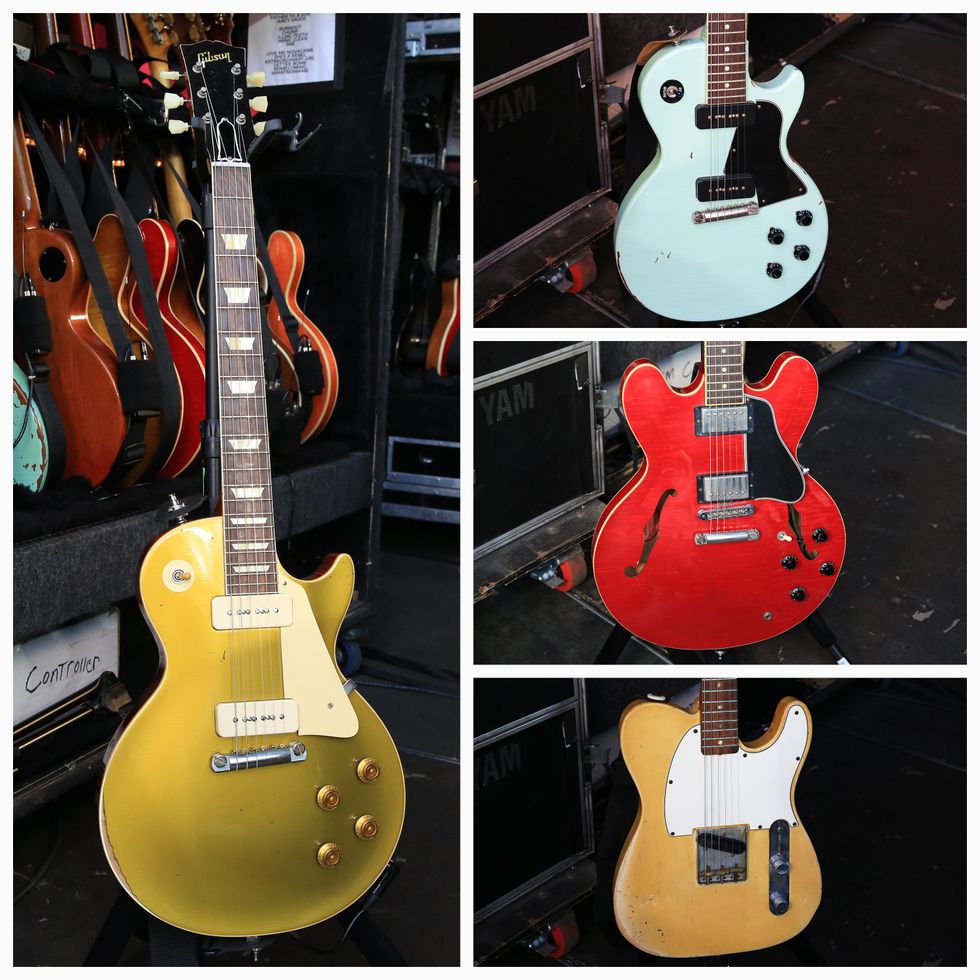
Long-time touring member Jason White’s stable is dominated by his Gibson Les Pauls and ES-335s. His number-one is his Custom Shop ’54 Reissue goldtop LP loaded with P-90s and Ernie Ball strings (.010–.046). Like the rest of the band, White runs his guitars to his rig through a Shure AD4Q wireless unit. The goldtop is used extensively during the set, including for Idiot and Saviors hits and “Know Your Enemy” from 2009’s 21st Century Breakdown. The stunning, light blue LP Special is a backup for the goldtop. Another black, early-2000s Les Paul Standard is tuned a half-step down and comes out for Dookie and older tunes.
The red Gibson ES-335 is another Idiot-era pickup that still sees heavy action. It’s wired with piezo saddles, and tech Monnot switches between the magnetic system and the piezo to cop acoustic sounds for “Boulevard of Broken Dreams” and “Minority.”
The lone Fender in White’s boat is his Esquire, which Monnot guesses is a late ’60s or early ’70s model. It usually stays at home, but it came along for this special tour, and gets used on Idiot deep cuts “Extraordinary Girl” and “Whatsername.”
Jason White's Rig
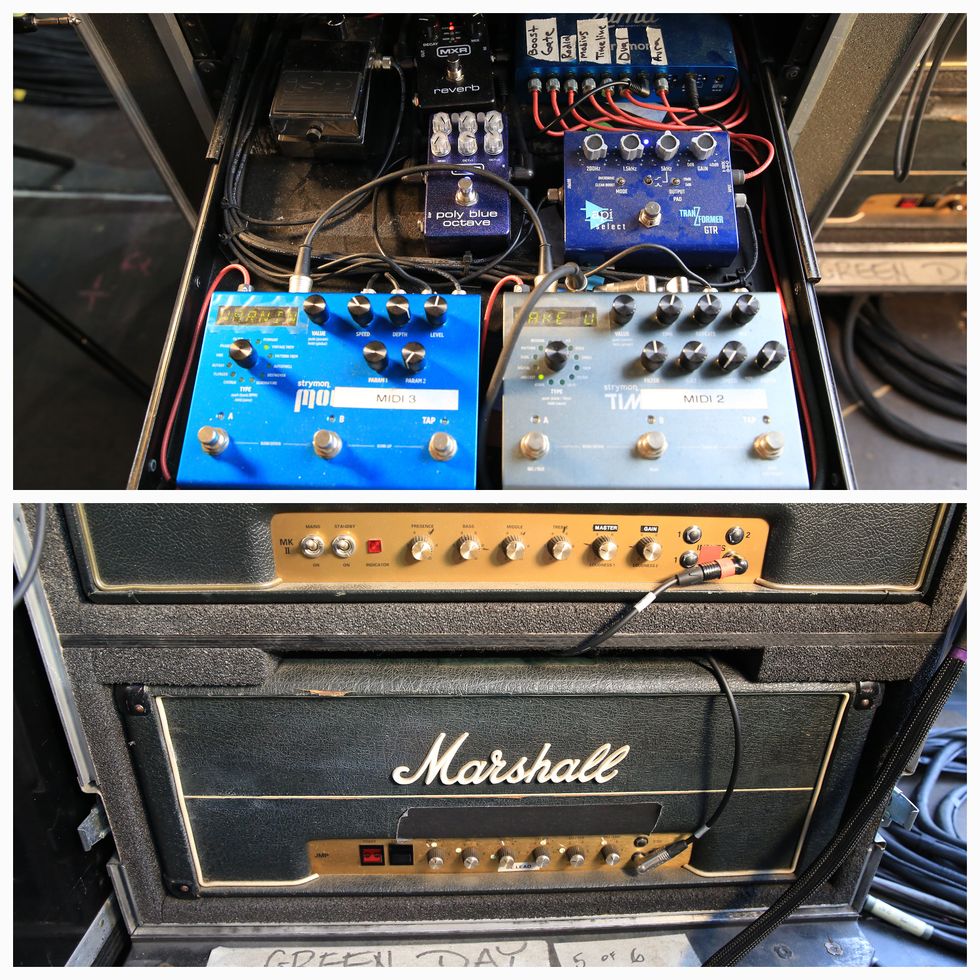
White’s Shure wireless system sends to a rack system with an ISP noise gate, just in case White’s P-90s are picking up a lot of noise. From there, it hits a Dunlop Cry Baby and DVP1XL, then a MIDI-controllable RJM Effect Gizmo, which handles White’s effects: an MXR Reverb and Poly Blue Octave, Strymon TimeLine and Mobius, API Select TranZformer GTR, and a Custom Audio Electronics 3+SE Guitar Preamp which gets engaged for clean tones and small combo sounds. A Lehle Dual SGoS Switcher and Fishman Aura DI Preamp handle changes with the piezo-equipped guitars. A Strymon Zuma provides the juice.
True to Green Day style, White rocks with two Marshall heads. The first one is a ’90s reissue JMP 1959SLP MKII with the famed Dookie mod. It handles cleaner, more midrange-focused sounds. The bottom box, a late ’70s 100-watt JMP Super Lead with SE mod, gets more gain-y. They both run into 4x12 cabs in isolation boxes on stage, so like the rest of the band, White works just with in-ears.
Shop Green Day's Rig

Fender Mike Dirnt Signature Precision Bass
Fender HiMass Bridge
Ernie Ball Strings (.045–.105s)
Pure Vintage ’63 Precision Pickup
Bartolini Pickup
Gotoh Bridge
Fender Super Bassman
Gibson Custom Shop ’54 Reissue Goldtop LP
Ernie Ball Strings (.010–.046)
Shure AD4Q
Gibson LP Special
Gibson Les Paul Standard
Gibson ES-335
Fender Esquire
Dunlop Cry Baby
Dunlop DVP1XL
MXR Reverb
MXR Poly Blue Octave
Strymon TimeLine
Strymon Mobius
Lehle Dual SGoS Switcher
Fishman Aura DI Preamp
Strymon Zuma
![Green Day Rig Rundown [2024]](https://www.premierguitar.com/media-library/youtube.jpg?id=53614011&width=1200&height=675)


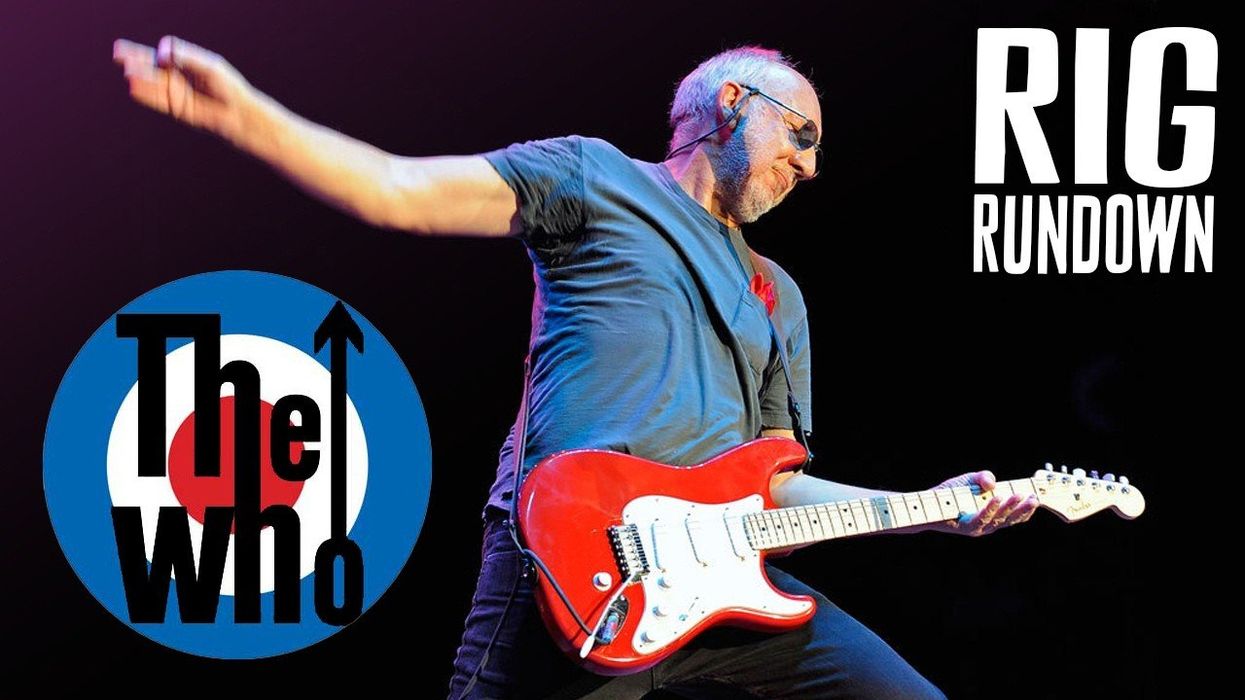


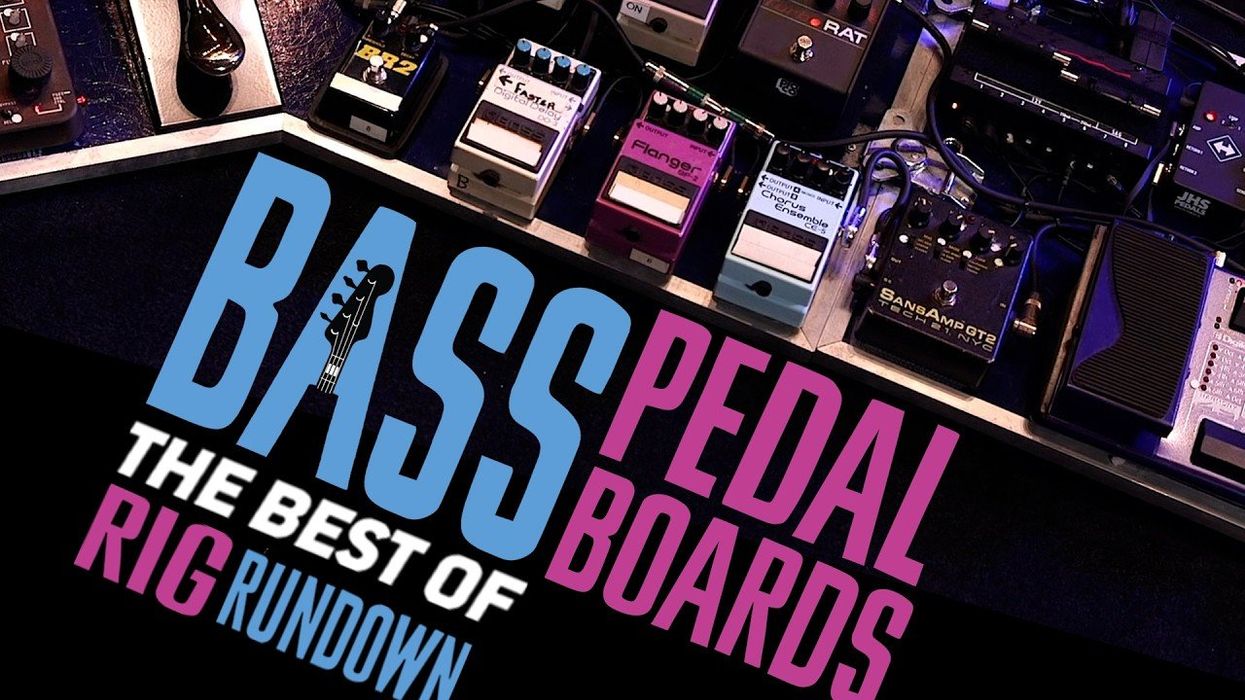





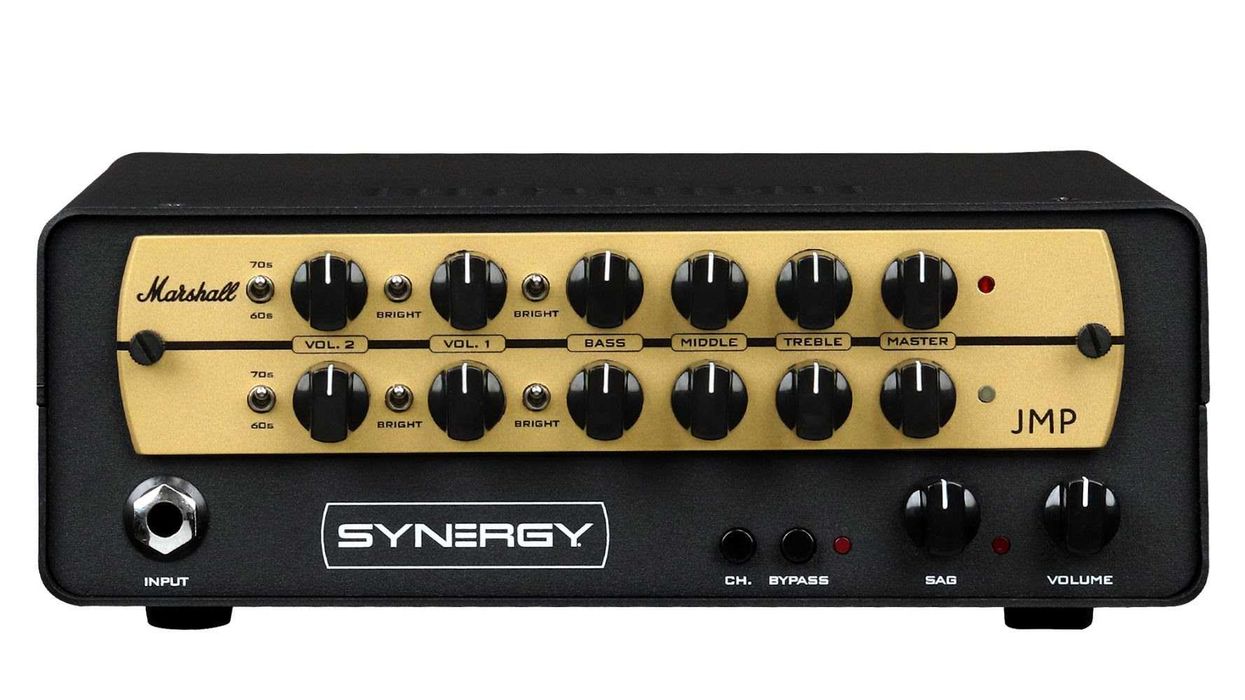

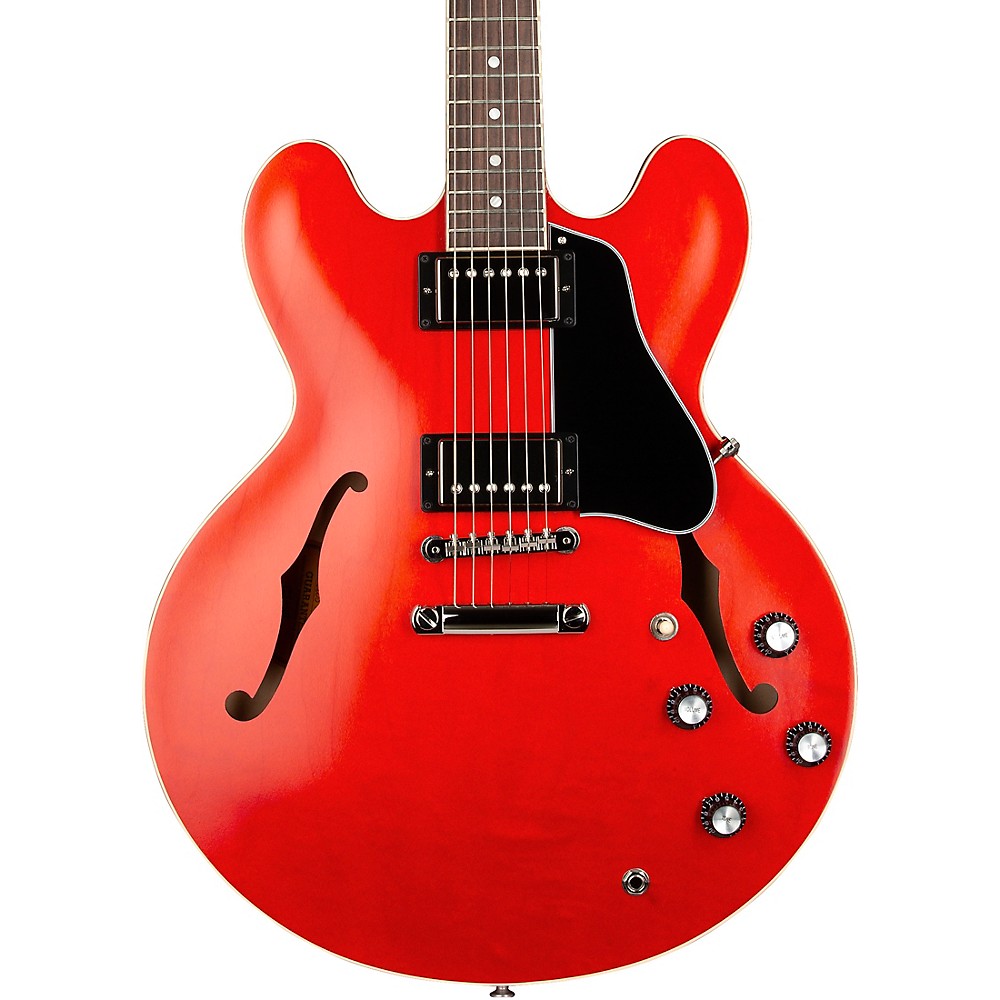

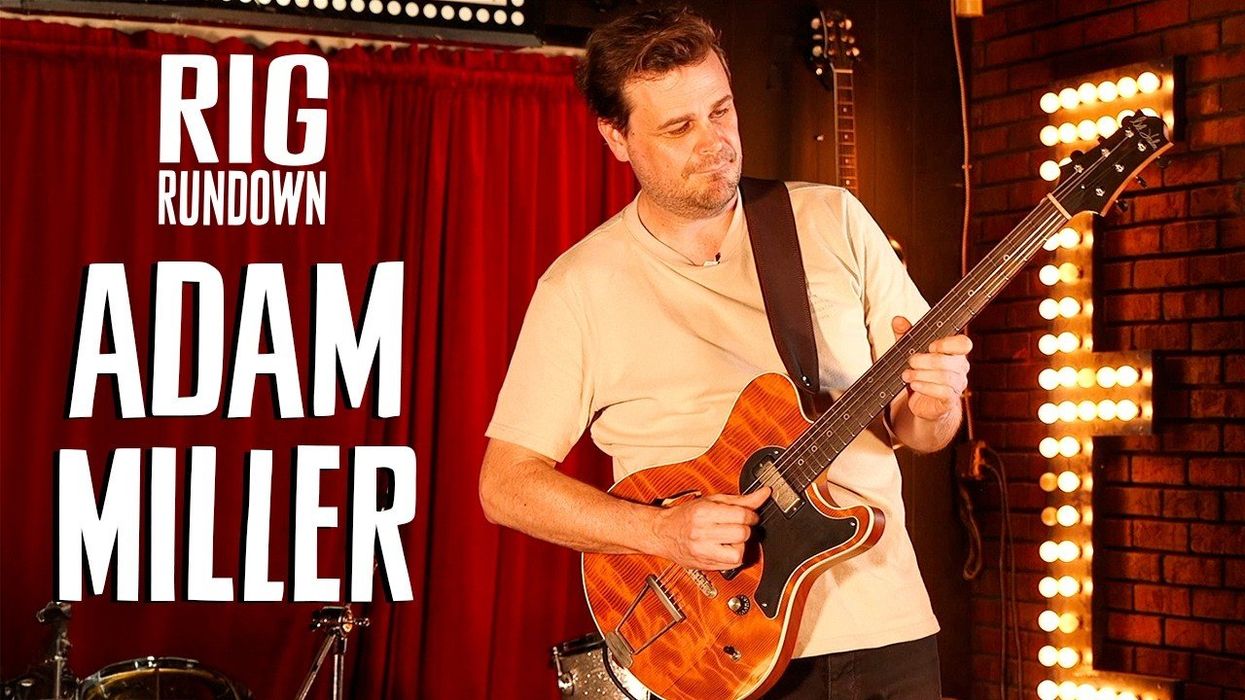
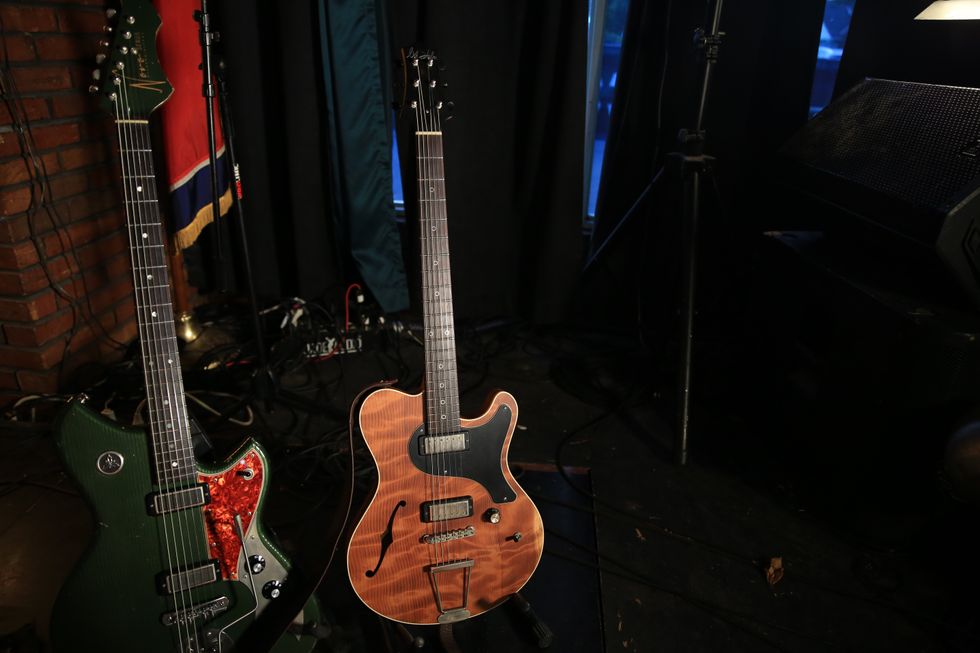
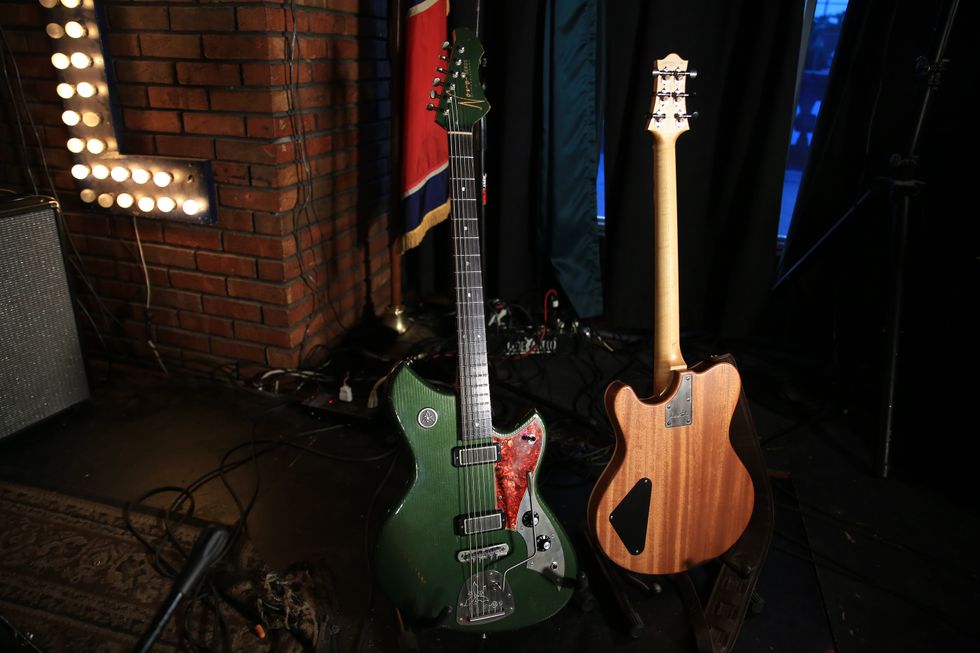
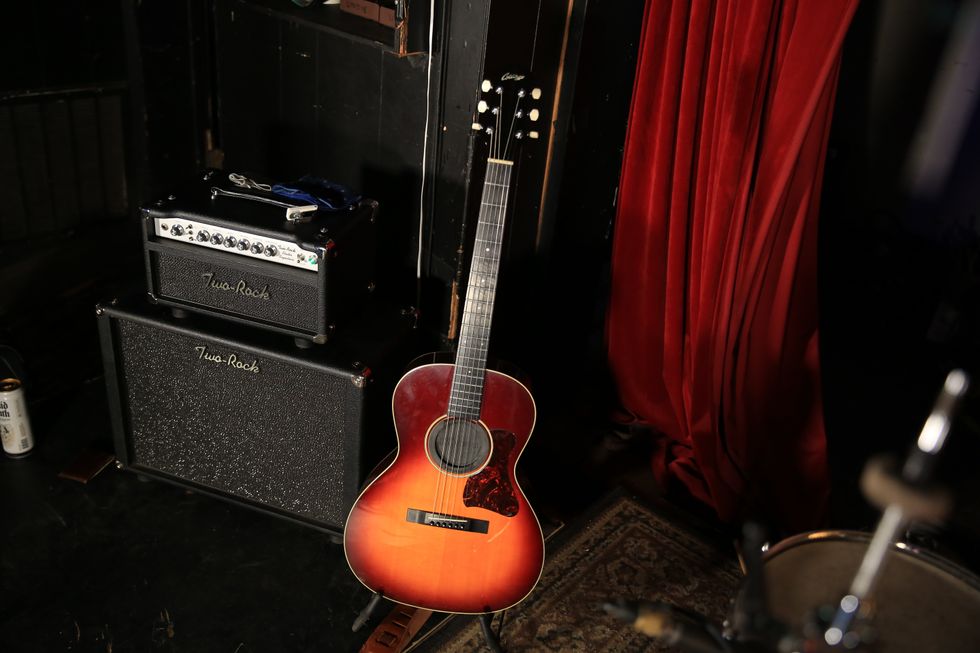
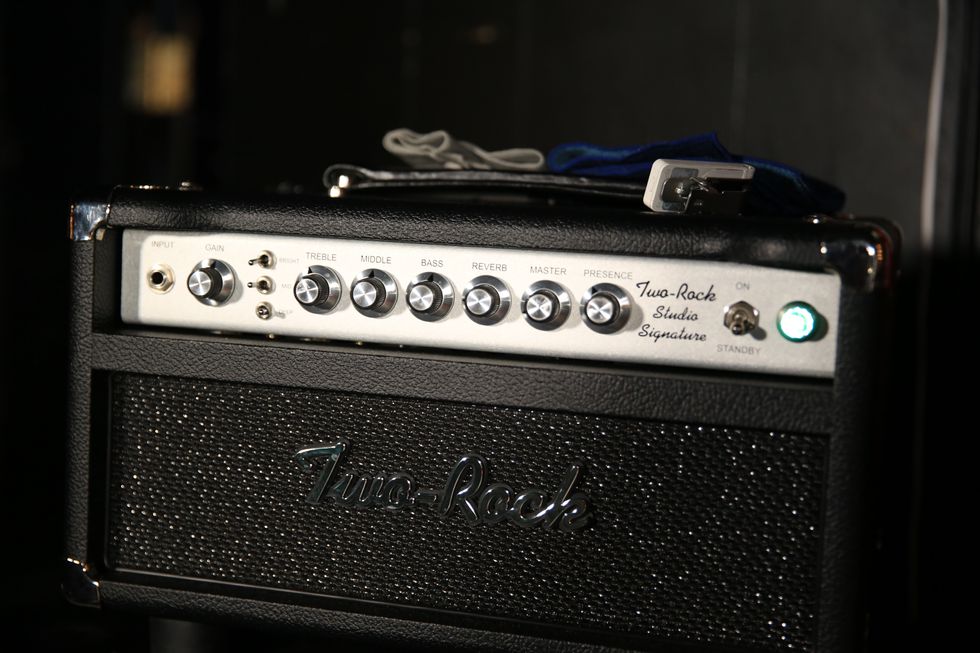
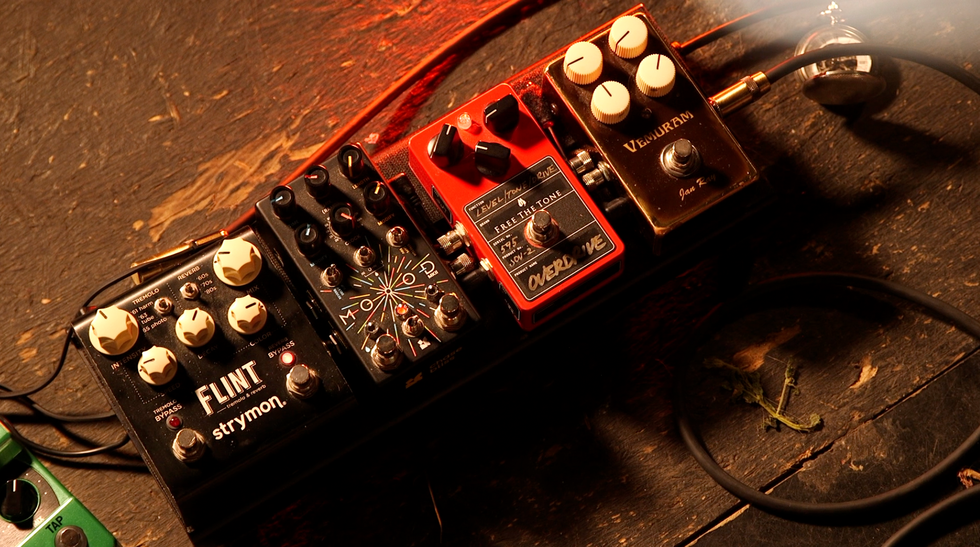
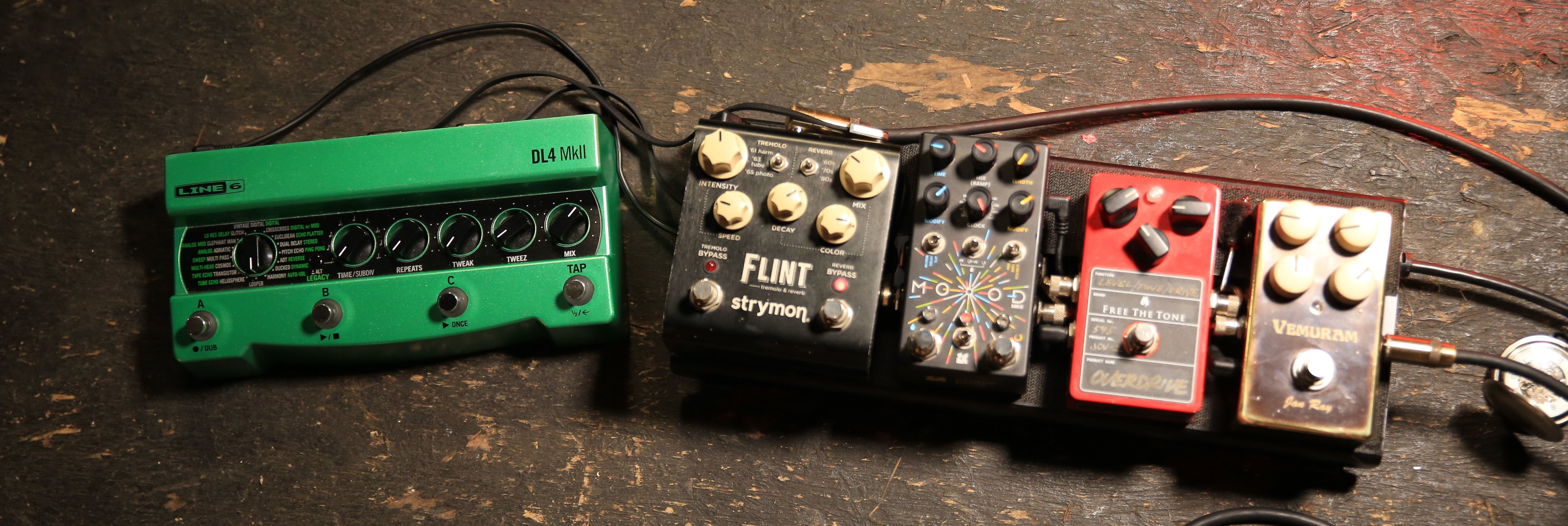 Miller’s Collings runs into a Grace Design ALiX preamp, which helps him fine-tune his EQ and level out pickups with varying output when he switches instruments. For reverb, sometimes he’ll tap the
Miller’s Collings runs into a Grace Design ALiX preamp, which helps him fine-tune his EQ and level out pickups with varying output when he switches instruments. For reverb, sometimes he’ll tap the 